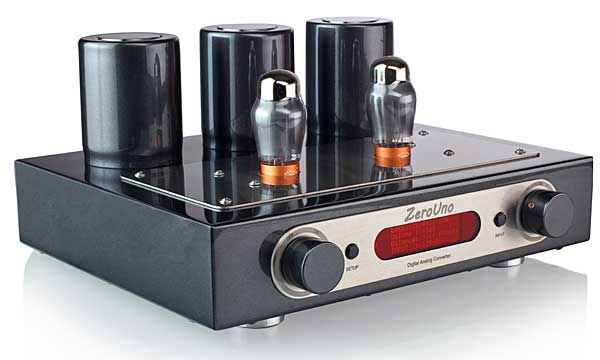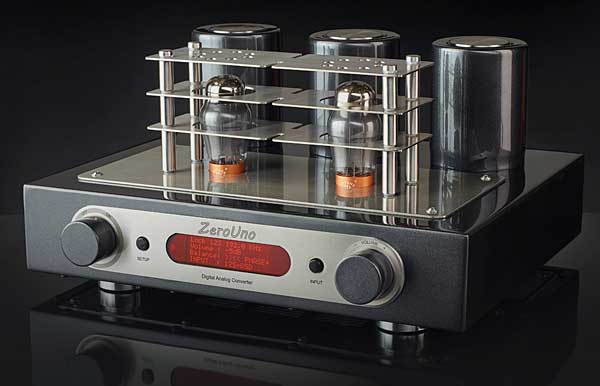| Columns Retired Columns & Blogs |
What function do the tubes perform? Are they just cathode followers, like they are in the following video?
https://www.youtube.com/watch?v=coSt5HWRvv4
I conjecture they stuck in the tubes for cosmetic reasons, to impress clients who have no clue about electrical engineering, but like shiny objects. Am I wrong? :)








































